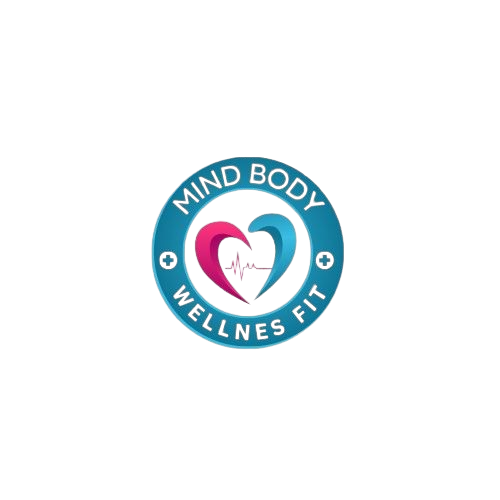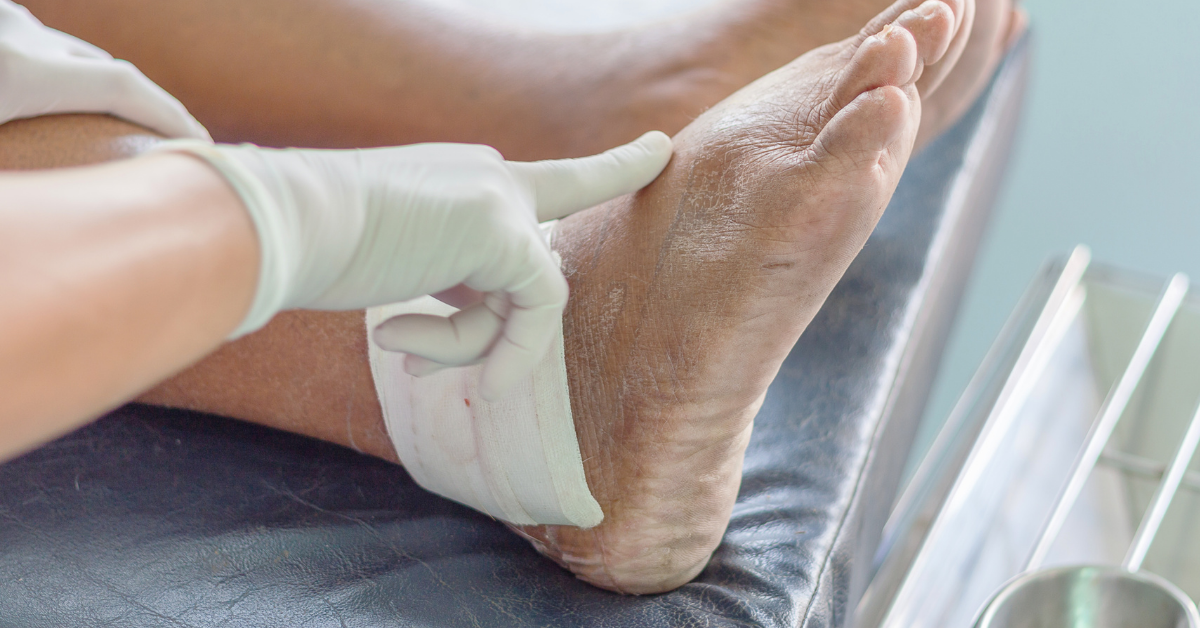Are you an athlete struggling with persistent muscle pain or tightness? If so, you may want to explore IASTM (Instrument-Assisted Soft Tissue Mobilization), a powerful technique designed to address soft tissue issues commonly experienced by athletes. Whether you’re dealing with muscle tension, injury recovery, or performance enhancement, IASTM offers an innovative solution. In this comprehensive guide, we’ll dive into how IASTM benefits athletes, its applications, and why it’s becoming a go-to treatment for improving sports performance.
What is IASTM?
IASTM stands for Instrument-Assisted Soft Tissue Mobilization, a therapy that involves using specially designed tools to manipulate soft tissues such as muscles, tendons, and fascia. These instruments are used to break down scar tissue, release tension, and improve circulation within affected areas. For athletes, IASTM is a game-changer, as it targets and treats injuries or tightness with precision and minimal discomfort, compared to traditional methods. By using these tools, therapists can enhance the body’s natural healing process, allowing athletes to recover faster and perform better.
How IASTM Helps Athletes Improve Performance
One of the primary reasons athletes incorporate IASTM into their recovery routine is its ability to enhance performance. Here’s how:
- Enhances Range of Motion: IASTM helps increase flexibility and mobility in muscles and joints, making it easier for athletes to perform at their peak.
- Reduces Muscle Tension: Tight muscles can limit performance, but IASTM releases tension and improves muscle function, leading to better agility and strength.
- Improves Blood Flow: The techniques involved in IASTM stimulate blood flow to muscles, promoting faster healing and reducing recovery time after intense activity.
By improving range of motion, reducing muscle tightness, and enhancing circulation, IASTM directly impacts athletic performance, making it an indispensable tool for sports professionals and recreational athletes alike.
Common Injuries IASTM Can Treat in Athletes
IASTM is highly effective in treating a range of injuries commonly faced by athletes. Some of the most notable ones include:
- Tendonitis: Overuse of muscles can lead to tendon inflammation, and IASTM helps reduce this inflammation and promote healing in tendon-related injuries.
- Muscle Strains: Whether from sprinting, lifting, or contact sports, muscle strains are frequent in athletic training. IASTM can help in the healing process by breaking down scar tissue and improving flexibility.
- Plantar Fasciitis: Athletes who spend a lot of time on their feet often suffer from foot pain like plantar fasciitis. IASTM can alleviate this condition by targeting the affected fascia and reducing tension.
By effectively treating these common injuries, IASTM plays a crucial role in getting athletes back on track to full recovery.
Why IASTM is Safer Than Traditional Massage for Athletes
While traditional massage therapy offers relief, IASTM provides a more precise approach, making it a safer and more effective option for athletes:
- Precision and Control: With IASTM, the therapist has more control over the intensity and targeted area, making it easier to address specific muscles and tissues without causing unintended damage.
- Less Invasive Than Surgery or Injections: Compared to more invasive procedures such as surgery or steroid injections, IASTM is a non-invasive treatment option that promotes natural healing without the risks associated with more aggressive methods.
Incorporating IASTM into an athlete’s recovery routine is a safer, more controlled method that allows for faster, more effective rehabilitation.
What to Expect During an IASTM Session
During an IASTM session, athletes can expect a focused and therapeutic approach to their soft tissue issues:
- Process: A therapist will use specialized tools to apply controlled pressure to targeted areas, working through areas of scar tissue or tightness. The treatment typically lasts between 15 to 30 minutes, depending on the severity of the condition.
- Pain Level: While some discomfort may be felt during the session, IASTM is generally well-tolerated by athletes. The sensation is usually described as a mild pressure or a “scraping” feeling.
- Recovery Time: One of the benefits of IASTM is the minimal downtime required after treatment. Many athletes experience immediate relief and can return to light activity soon after a session, although more intense exercise may be resumed after a few days of rest.
Overall, IASTM is an efficient and relatively painless way to treat soft tissue injuries while keeping recovery time short.
Who Can Benefit from IASTM?
IASTM is not limited to professional athletes; it is a beneficial treatment for anyone who engages in regular physical activity:
- Professional Athletes: IASTM is widely used by elite athletes who require optimal performance and fast recovery times. Whether in football, tennis, or track and field, professional athletes rely on IASTM to stay at the top of their game.
- Amateur Athletes and Weekend Warriors: Whether you’re a casual runner or an avid gym-goer, IASTM can help manage injuries and reduce recovery time, allowing you to continue enjoying your sport without setbacks.
From professional athletes to casual fitness enthusiasts, anyone can benefit from incorporating IASTM into their recovery and performance-enhancement routines.
How to Incorporate IASTM into Your Training Routine
To get the most out of IASTM, it’s essential to know when and how to use it:
- When to Use It: IASTM can be used before training to loosen up tight muscles, post-training to assist with recovery, or during injury rehabilitation to promote healing and flexibility.
- Frequency: For optimal results, athletes may benefit from regular IASTM sessions, especially after intense physical activity or during injury recovery.
- Complementing Other Recovery Methods: Combine IASTM with stretching, hydration, rest, and other recovery techniques like ice baths or compression therapy to maximize the benefits.
By making IASTM a regular part of your routine, you’ll notice improvements in both performance and recovery.
Finding an IASTM Practitioner
Not all therapists are qualified in IASTM, so it’s important to find the right practitioner:
- Choosing a Professional: Look for therapists who are certified in IASTM techniques and have experience working with athletes. This ensures that the treatment will be effective and tailored to your specific needs.
- Certification and Experience: Always verify that your therapist has the appropriate training and certification to perform IASTM safely and effectively.
Choosing a qualified professional will ensure you get the most out of your IASTM treatments.
Takeaway
To sum up, IASTM is an effective, non-invasive treatment method that helps athletes recover faster, improve performance, and treat common injuries. Whether you’re looking to increase mobility, reduce muscle tension, or heal from an injury, IASTM can be an essential tool in your recovery and performance-enhancing toolkit. If you’re an athlete seeking faster recovery times and improved results, consider incorporating IASTM into your routine for a better, more effective treatment option.
FAQs
What is the cost of an IASTM session for athletes?
The cost of an IASTM session can vary depending on the practitioner and location, but it’s generally affordable and cost-effective compared to other forms of therapy.
Does IASTM hurt?
While some mild discomfort may be experienced during the session, most athletes find that the benefits far outweigh the temporary sensation of pressure during IASTM.
How soon can athletes see results from IASTM?
Many athletes feel immediate relief after an IASTM session, although multiple treatments may be needed for full recovery, especially for chronic conditions or severe injuries.






